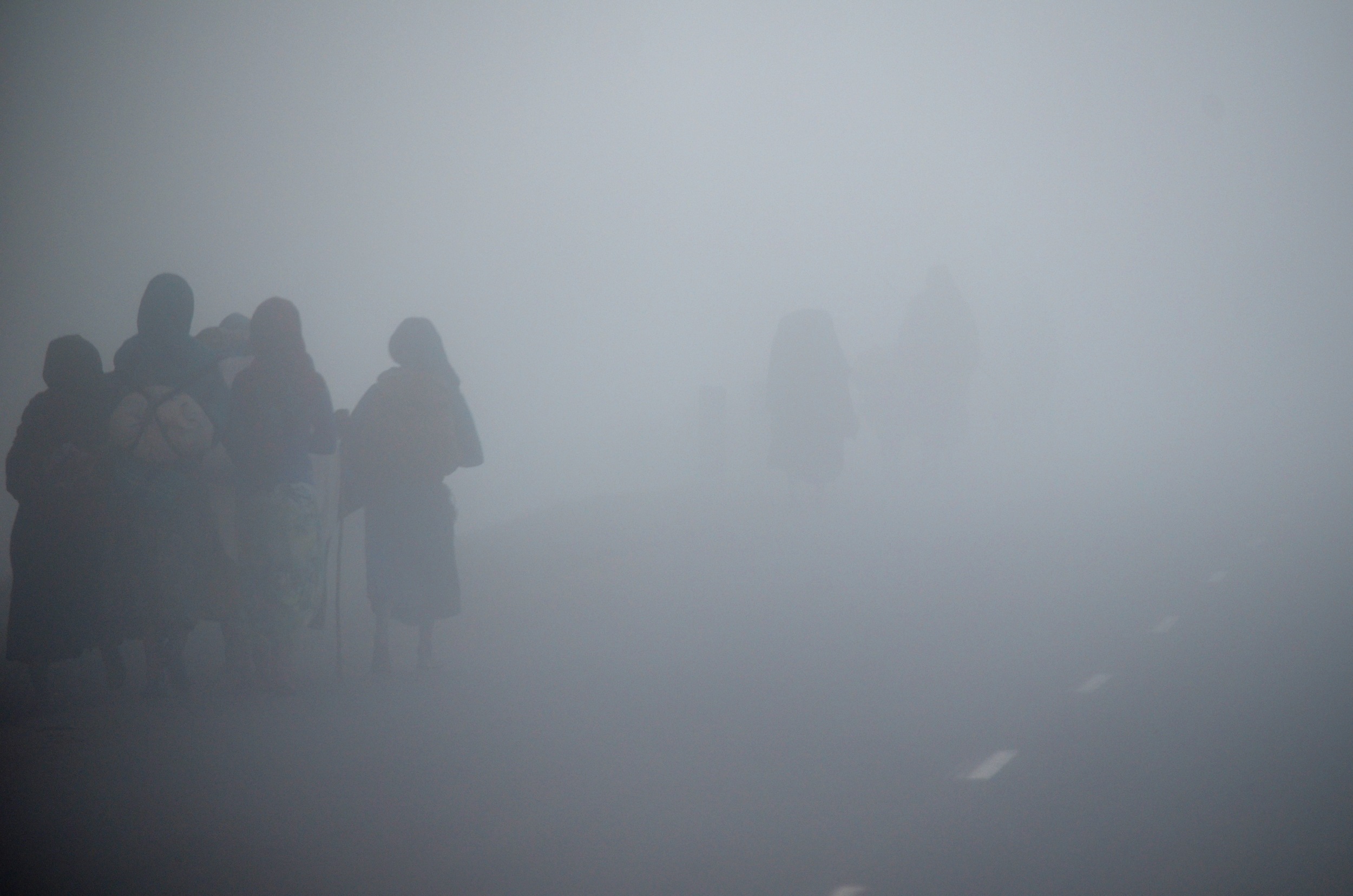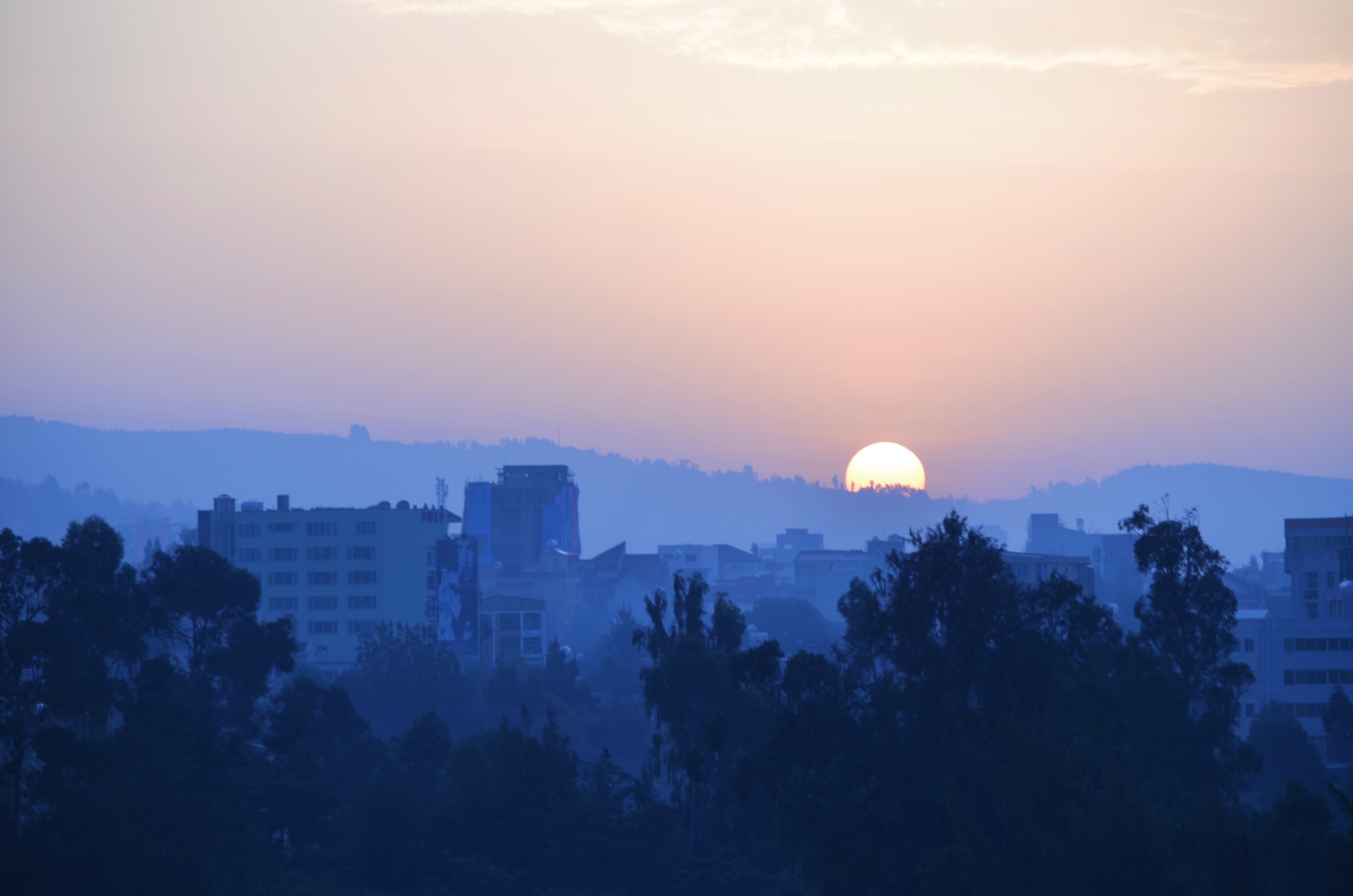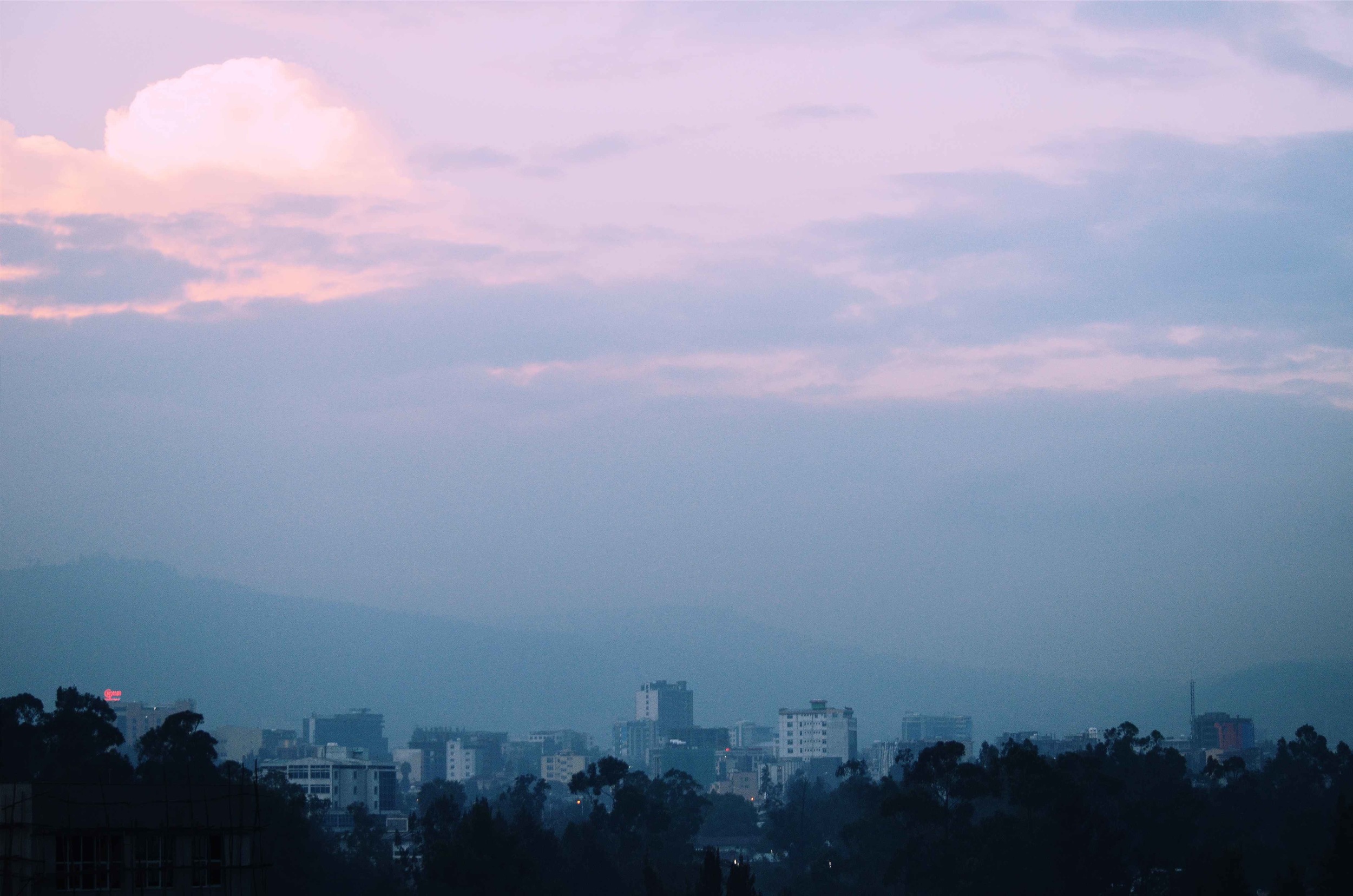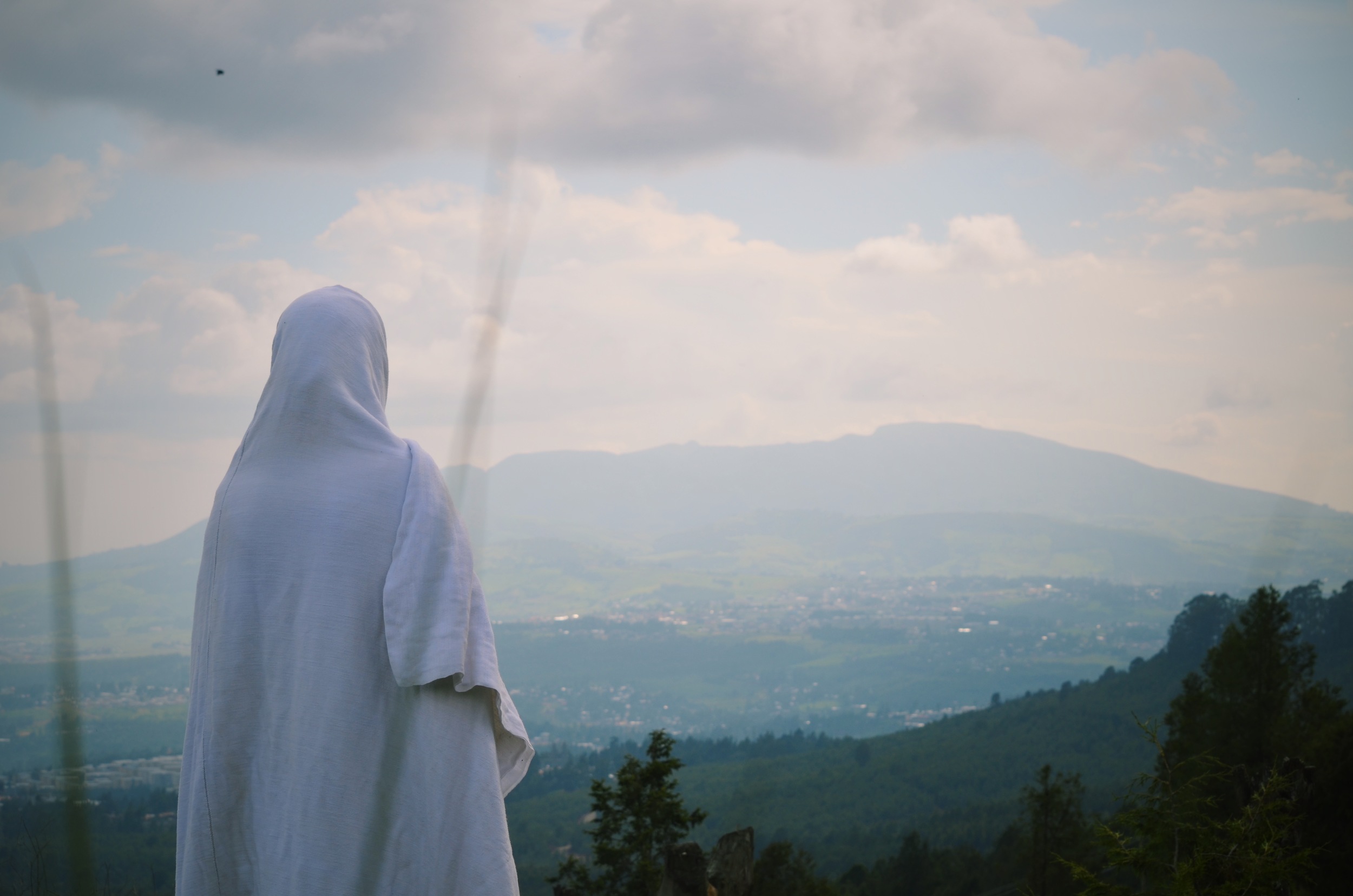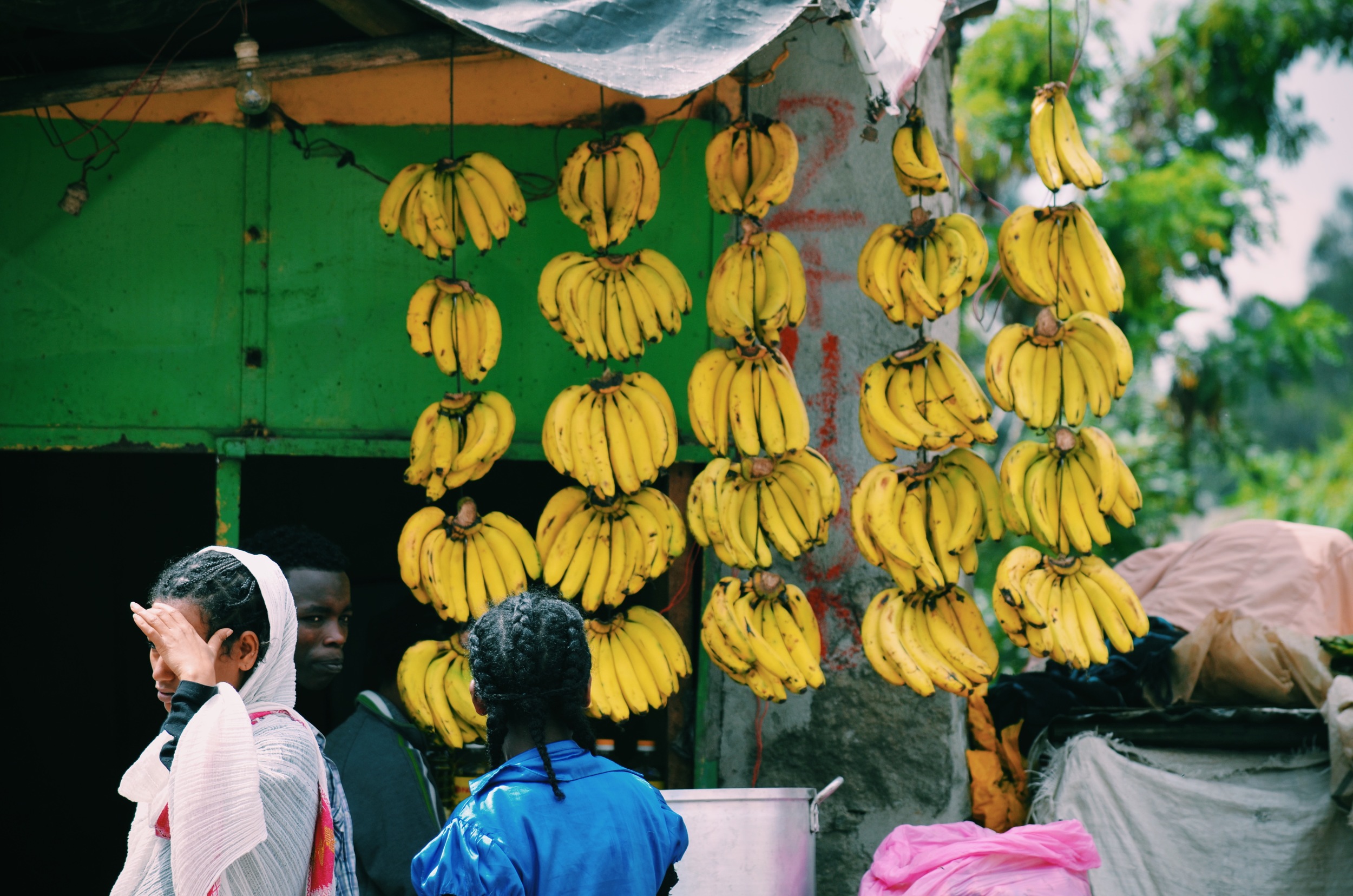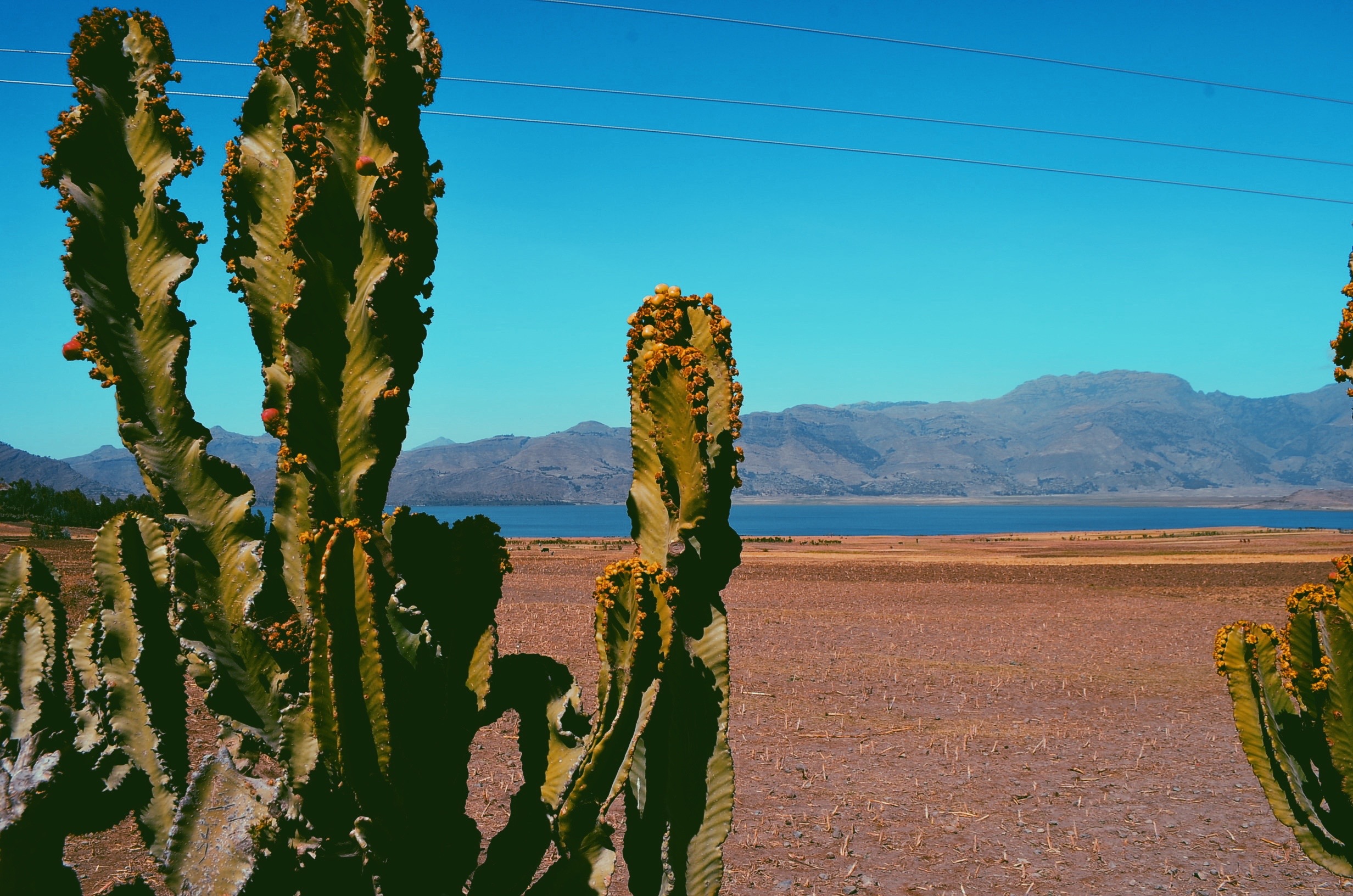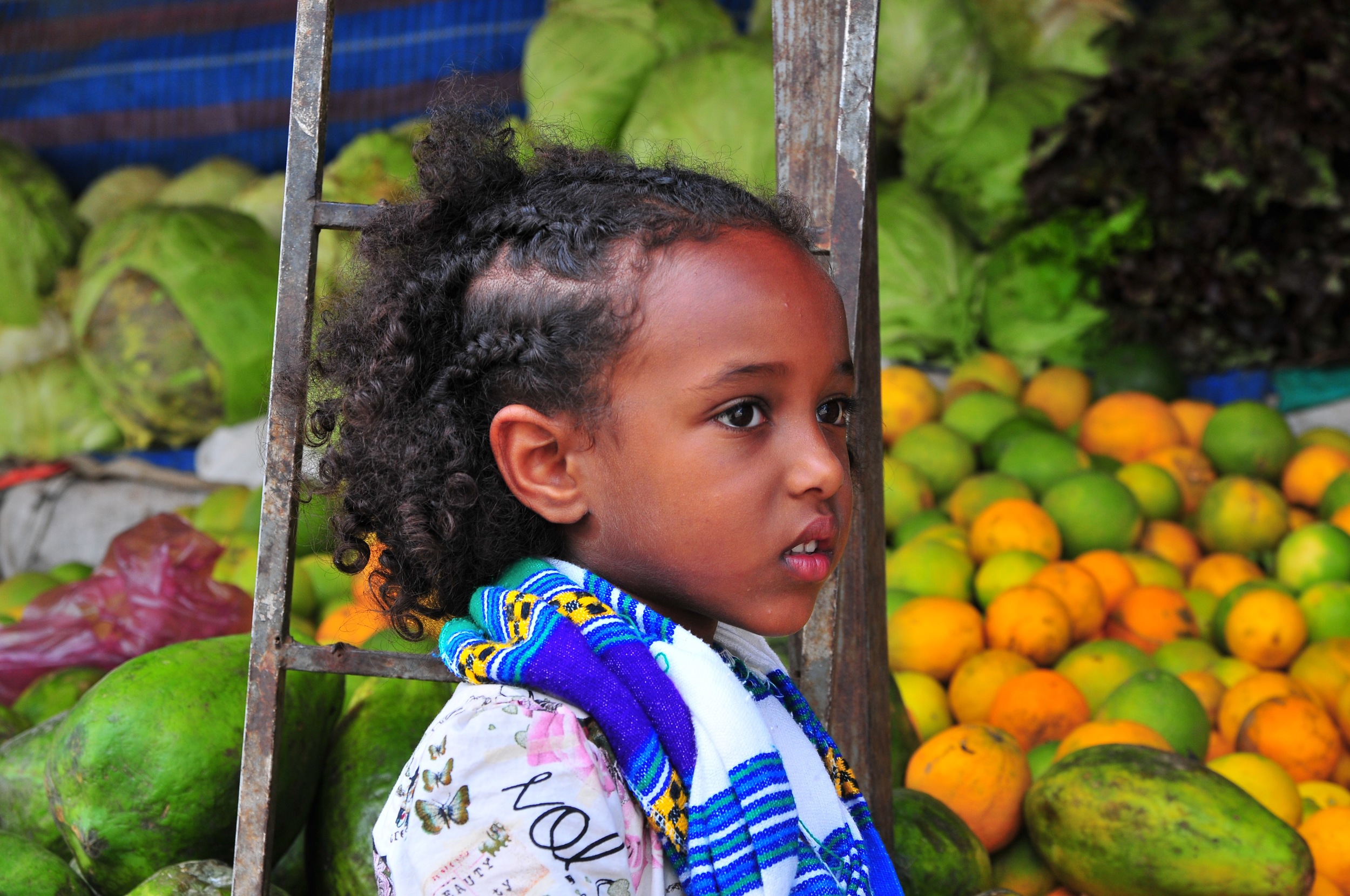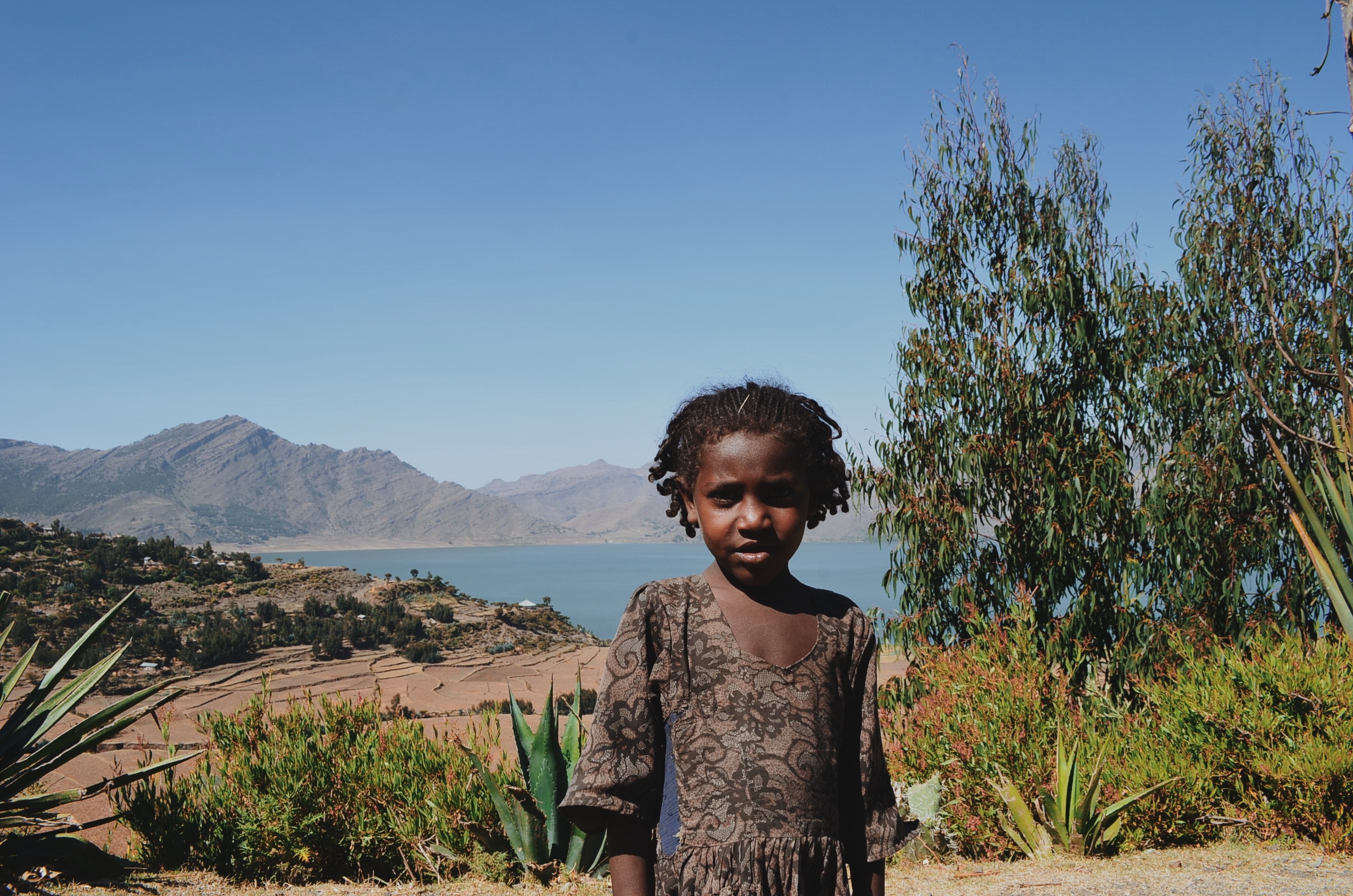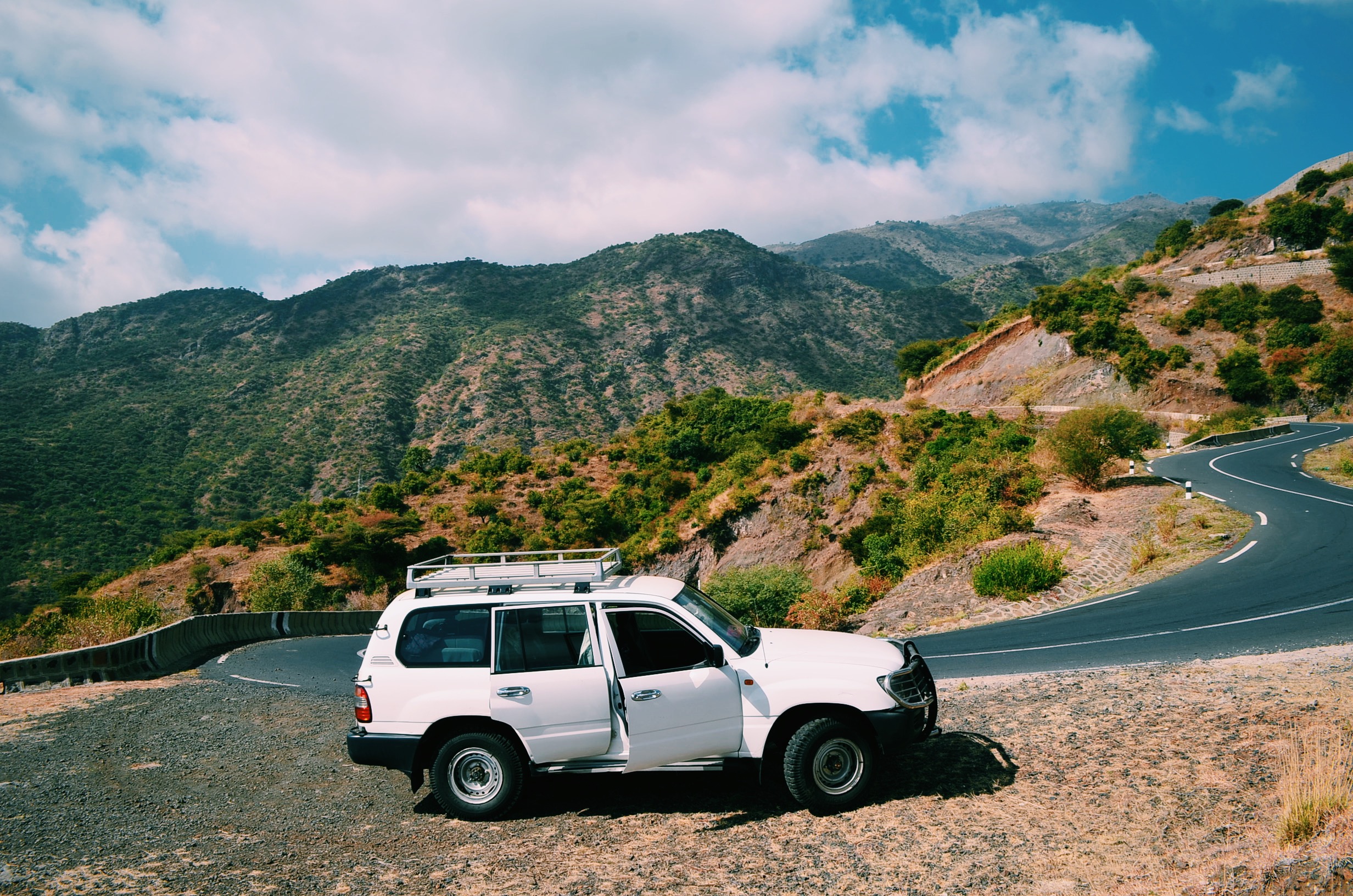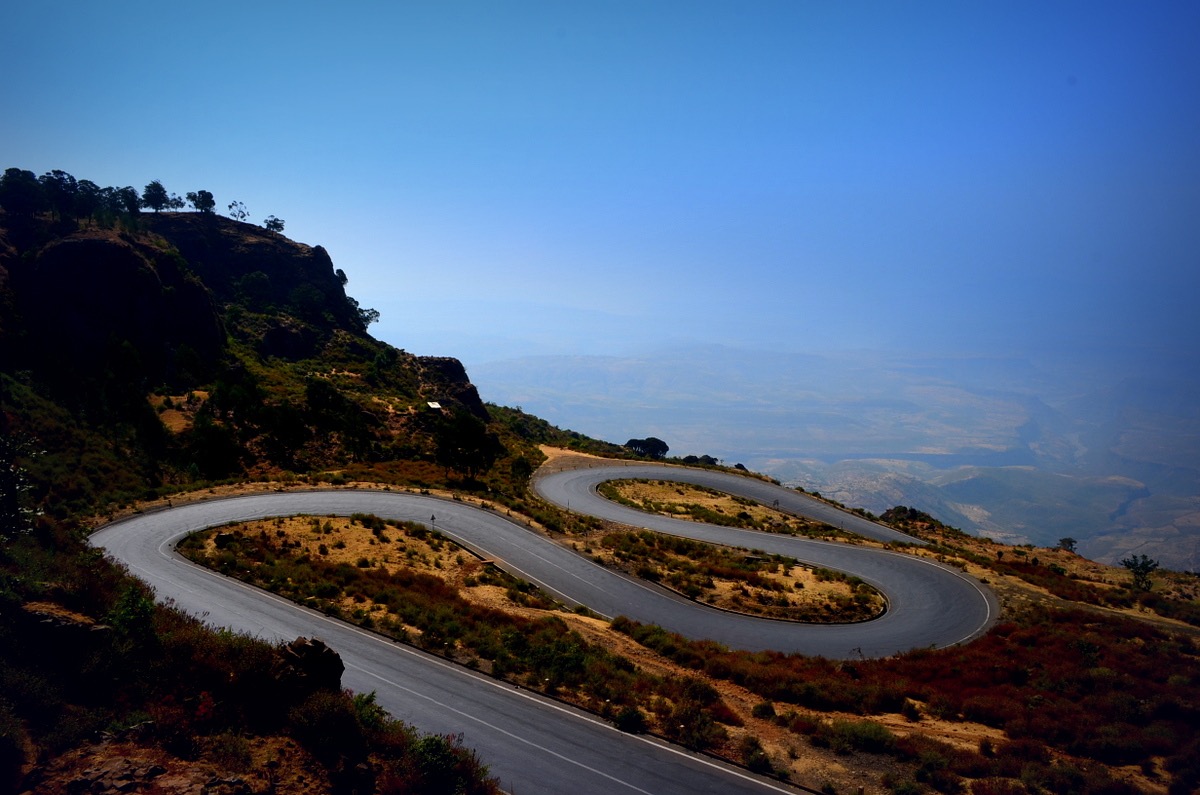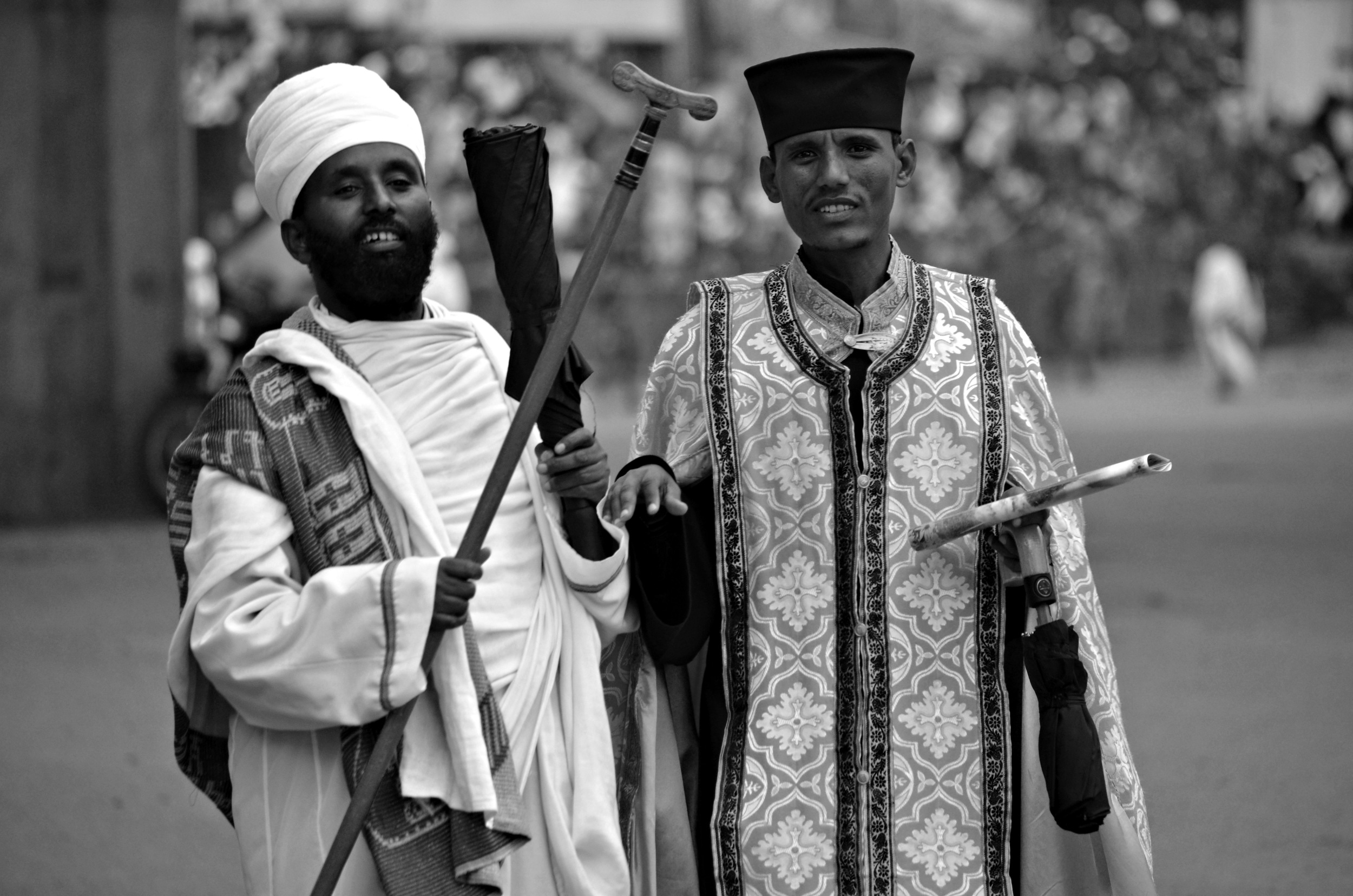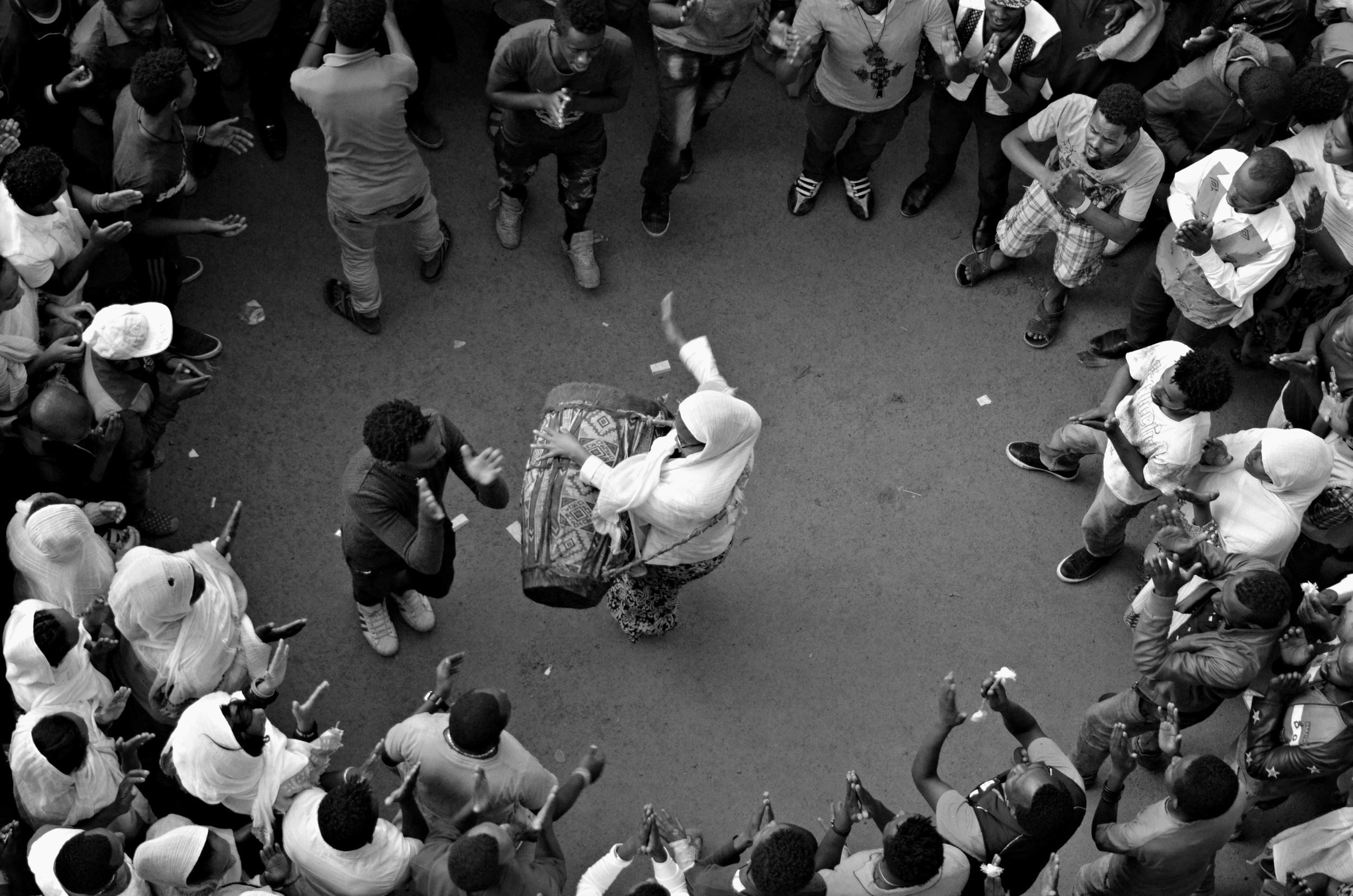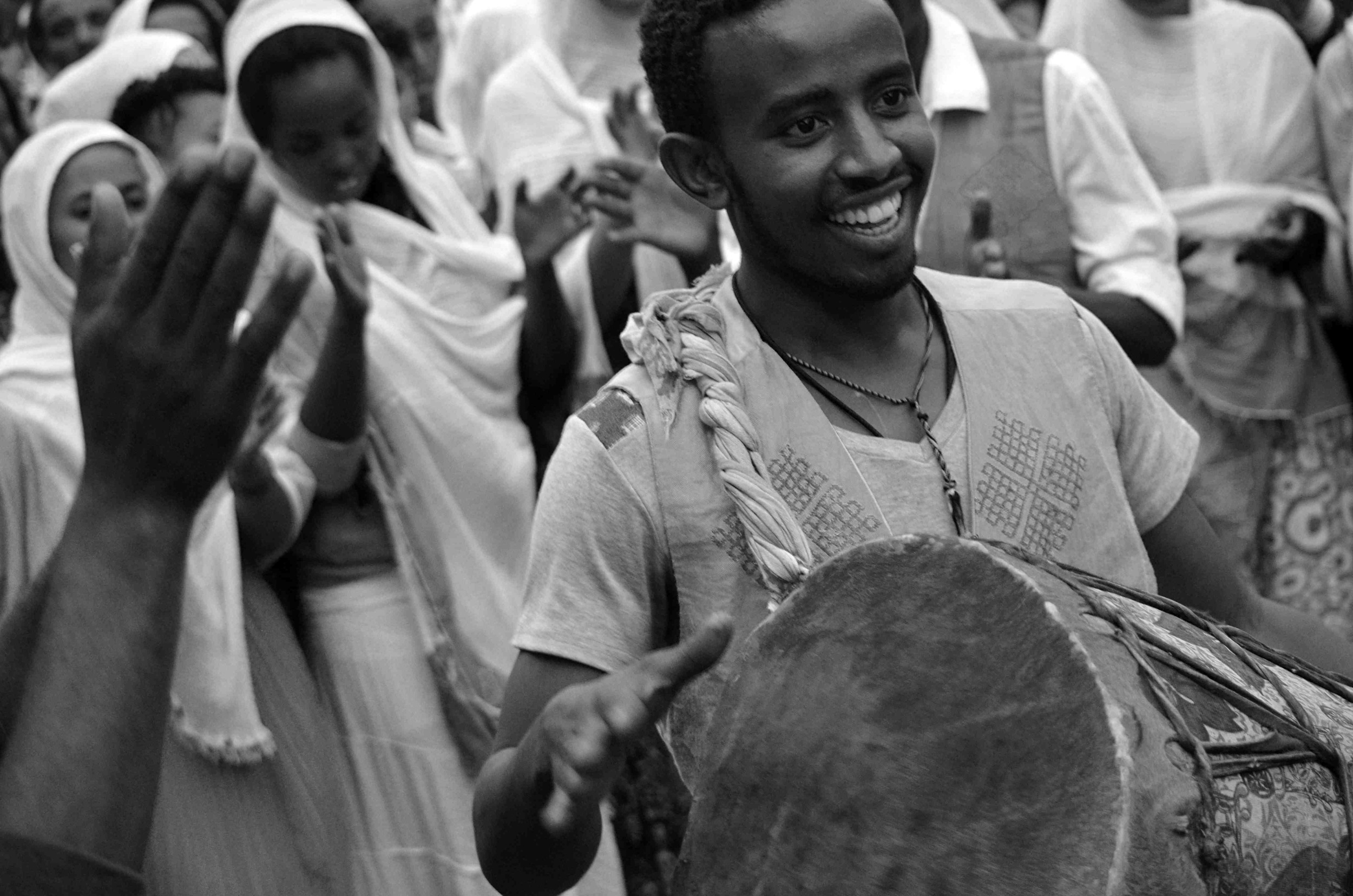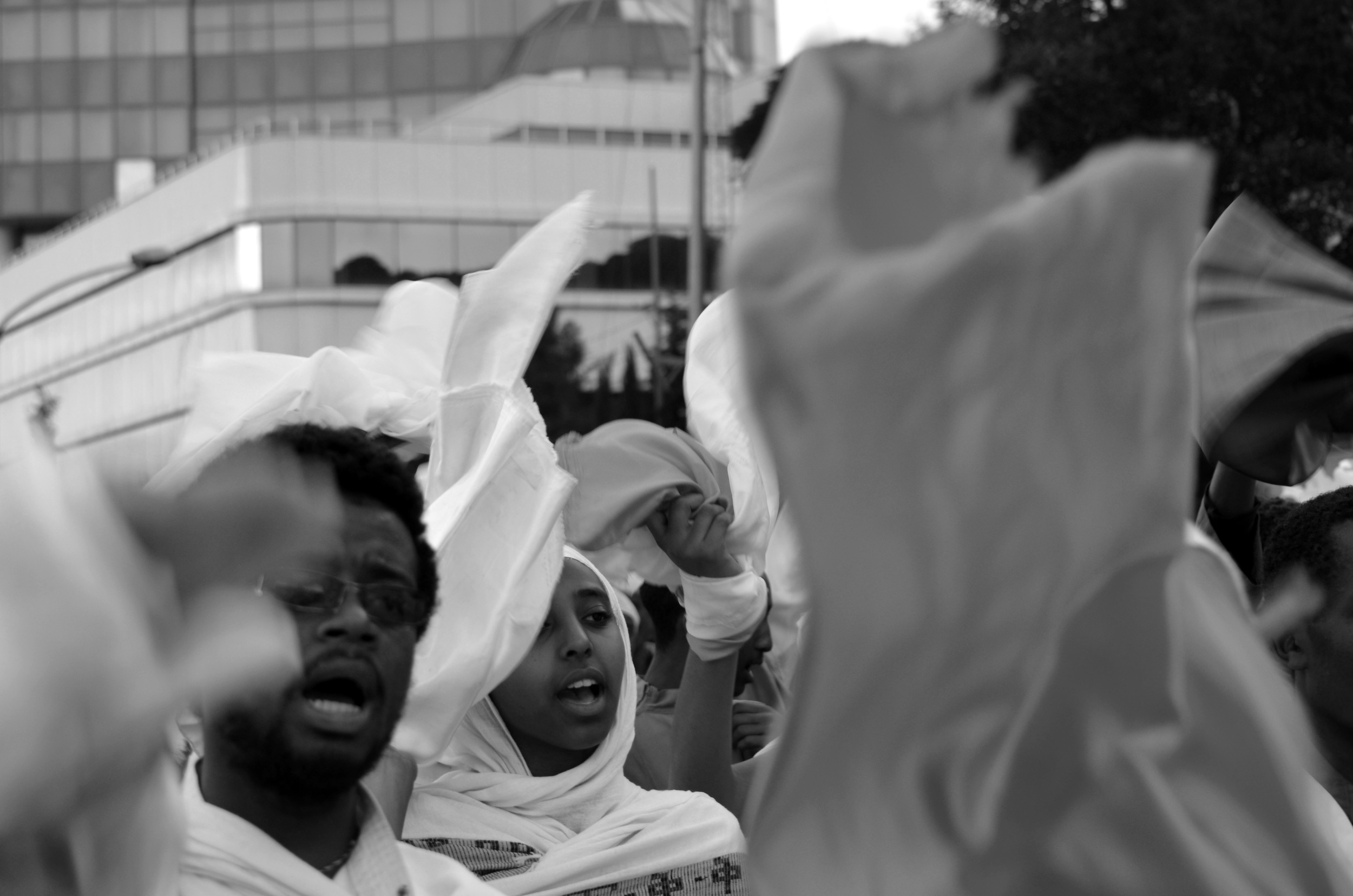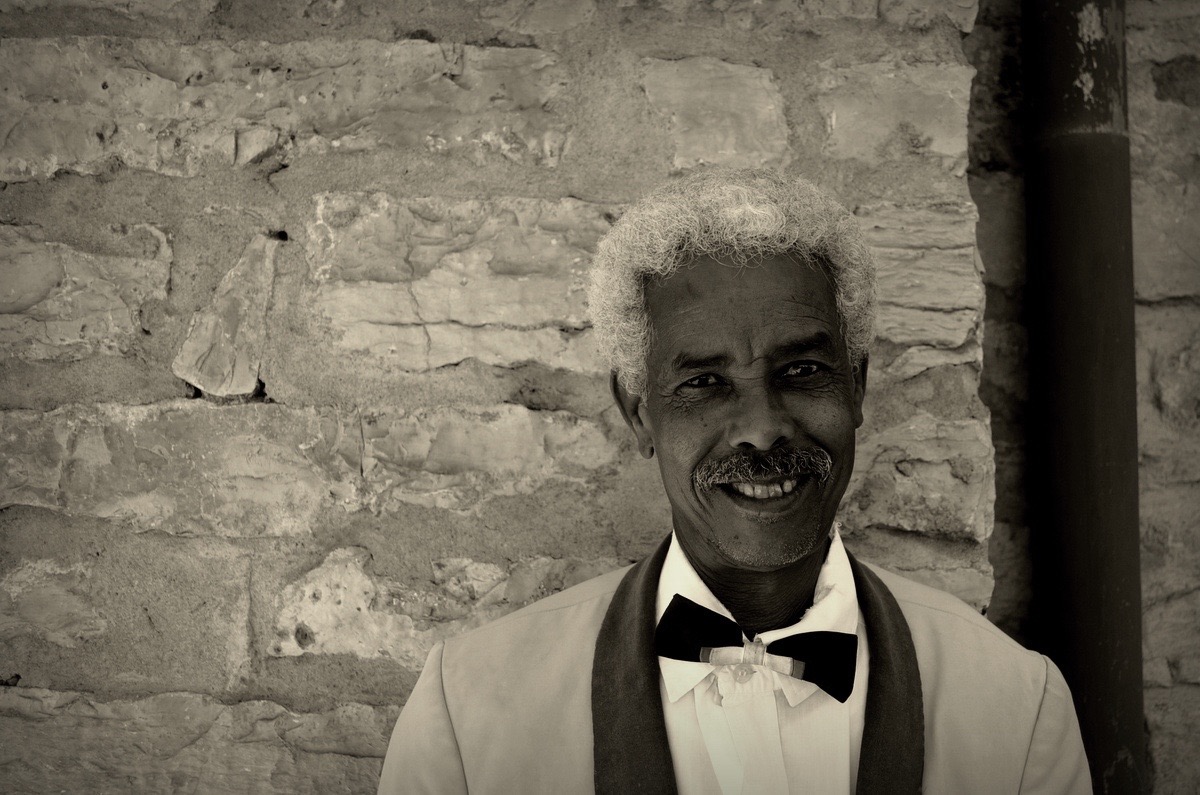Introduce yourself!
Hi! My name is Massiah (mah-see-ah) and I'm a student/writer and photographer, based in London. My interest in travel stemmed from an early age as I grew up and lived in three different countries. My love for travel is ignited by the possibility of losing or finding myself in a new experience.
How does photography influence the way you experience travel and see the world around you?
It changes everything for me! Even when I don’t have my camera in hand I’m constantly envisioning photos of places I bypass on the daily, mentally framing my scenery. On the other hand, photographing while traveling can at times act as a disadvantage - as I can become so engrossed in capturing moments that I do not get to fully immerse in the experience I am capturing. While travel allows me to see new places, photography allows me to see even common places in a new way.
What sparked your interest to travel to Ethiopia? How did you plan for it?
It’s my birthplace and although I had lived there for six years, there came a point where I felt like I hadn’t seen enough. Coming across other travel enthusiasts who were not even Ethiopian, yet had been to Ethiopia and seen so much more than I had was embarrassing at times, haha - though inspiring, nonetheless. I resolved that every time I went back home I would explore a little more than just the capital. Planning wasn’t so difficult for me since I am originally from there and I speak the local dialect, Amharic. On my first trip back I went on a road trip through the majestic Semien Mountains. It was one of the most breathtaking and thrilling travel experiences I have had so far. My Dad drove with the assistance of an experienced chauffeur.
What was your favorite approach to photography while there? Did you generally strike up a conversation with your subjects or just candidly capture the moment?
During the road trip I mainly took candid shots of the landscape, local farmers, street vendors, etc. Most of the shots were taken from inside the car and at times behind the windscreen. I always tried to remain as inconspicuous as possible since most people in that region don’t like being photographed without their permission. It wasn’t until my second trip that I actually started to envision entire photo series, which I eventually brought to life. The first one was called The Wind. It was tricky getting the subject to agree to be photographed and capture her in her natural element all at the same time.
What were some of your other experiences while traveling through the country? How did the cultures vary from city to city?
Ethiopian culture is unique, dynamic and full of life. One region will differ from another in striking contrast ranging from their spoken dialect to how they dress. The people enjoy various forms of artistic expression: music, dance, and visual art. While on the road, we stopped at a few cafés and restaurants along the way and indulged in local specialties: fresh squeezed juice from seasonal fruits, fresh fish from Lake Tana, etc. I met several people that really left a lasting impression. One such individual was Gash Gebrekidan, a waiter who served us coffee in Mek’ele. He was such a kind soul. I asked to take his portrait before we left and he didn’t even hesitate.
How would you compare Addis Ababa to other Ethiopian cities like Gondar, Mekelle and Bahir Dar? What were some of your favorite things about each city?
Like any bustling capital city, a lot of Addis is just a melting pot of various people caught up with day-to-day affairs. The cities of the North were more chill, more characteristic and historic. I felt more connected to the people there. I loved the tropical island feel of Bahir Dar- a lot like Krabi Island in Thailand or certain parts of Orlando, Florida. And the castles of Gondar reminded me of castles in England. Throughout both trips, however, the road itself was one of the main highlights. The spiral roads are built circling up and down the Semien Mountain ranges. I’ve never really seen anything like it.
What was your route? What cities did you visit? How did you navigate between each city?
On the first trip we drove from Addis to Mekele, then from Mekele to Bahir Dar. On the second trip I took a bus (Selam Bus, I think) with my uncle and aunt from Addis to Gondar, then from Gondar to Bahir Dar.
What recommendations can you share for future travelers interested in visiting?
From what I have seen, I would definitely recommend visiting the Northern cities: Axum, Gondar, Mekele, Lalibella, Bahir Dar, etc. Although I have never visited myself, I hear nothing but rave reviews about the Semien National Park which is also located in the North. For a more relaxed and luxurious experience, I would suggest Kuriftu Resort in Bahir Dar/Debrezeit, a five star eco-friendly spa/resort.
What would you like people to know about your experience within the country that is little known?
It is so rich. The culture, history, food, music and scenery are all overwhelming to the senses. Being the only African country to maintain its freedom from Western colonialism, it has managed to keep most of its history, food, art and various dialects intact.
During your most recent trip, you had the opportunity to witness the ancient Orthodox Christian celebration, Meskel. What was that experience like?
It was incredibly surreal and breathtaking. Ethiopia is one of the very first Christian civilizations, if not the very first in the world. Besides the various ancient sites, there are celebrations such as Meskel that have been celebrated by Orthodox Christians throughout the country for generations. On this day, hundreds of thousands take to the streets adorned in white traditional garments for ceremonial practices.
What is your favorite memory from your trip?
While driving from Mekele to Bahir Dar, we came across this gorgeous Lake (Hashenge) and stopped on the side road to hike towards it. A boy from the local area, named Abdo, started following us. We talked for hours. He told us he owned five cows and went to school three days out of the week. Towards the end of our hike he offered to show us his best eskista [a traditional dance] and challenged us to battle him. I took the challenge and before we knew it his entire family came running out to join in.
Of all the images you captured during your time visiting your home country, which would you say is your favorite?
Definitely the one on Mount Entoto (see lead story image). On my most recent trip, I spent some mornings on Mount Entoto, which encircles the capital city. I would hike up the mountain then rest on a rock writing poems and snapping photos. It was a little ritual; it let me escape the city buzz for a few hours. A week before I was to return to London, I visited one last time and brought a gabi (a traditional handwoven, white cotton blanket) along and asked a local woman if she didn’t mind wearing it. I told her I would take some photos but she didn’t have to show her face. I followed her as she walked around the mountain ranges, showing me various parts of the small community. This was one of the photos from “The Wind”, a photo series that depicts the concept of mental freedom - how in some form or another we should all aspire to be like the wind.
What advice do you have for individuals that would also like to travel to the region, but don’t know where to start?
Be prepared for everything. It is a rewarding and soul-nourishing experience, but requires preparation. For the explorers I would suggest starting from the North. The mode of transport will depend on who you’re traveling with, duration of travel and what exactly you’d like to experience. For those intending to drive I would say it’s crucial to go with someone who is familiar with the region or at least speaks the local dialect for ease of communication during pit stops in-between cities and in case of unexpected occurrences i.e. a flat tire. Also be open - eyes, heart and mind.
What’s next for you? Any final words of advice for those interested in the region?
My next trip might be to somewhere in South America, although I haven’t decided. The next time I visit Ethiopia I’d like to venture more to the northern, western and southern parts and check out Arba Minch, Lalibella, Danakil Depression and the Omo Valley.
To see more of Massiah's work and keep up with her travels and photography, be sure to visit her website www.massiahabraham.com and follow her @artofword on Instagram.
Images Courtesy of Massiah Abraham


